The Health Benefits of Fermented Turmeric
Exploring the long list of health benefits offered by lacto-fermented turmeric rhizome
When I am working 7 days a week, as I am now (doing physically intense activities) I feel grateful that we have managed to learn to grow quite a bit of our own Turmeric rhizome in pots (and we know a local organic farmer that grows large amounts in her unheated greenhouse). Being able to crack open a jar of homemade fermented turmeric rhizome and eat a piece to access its anti-inflammatory effect really helps after/before those hard long days.
Often when we are at the store I notice how there is a big pile of untouched high quality organic turmeric rhizomes (and though we do grow a fair bit of our own) I tend to buy quite a bit every couple months for preserving and propagating.
Beware that cutting turmeric rhizome with bare hands (to ferment or otherwise preserve the rhizome) will stain your hands with curcumin for days.

I don't mind it and I imagine it is great for my skin, but if you don't want glowing orange hands for a week you may want to wear gloves when handling the raw rhizomes.
Info on the health benefits of Fermented Turmeric :
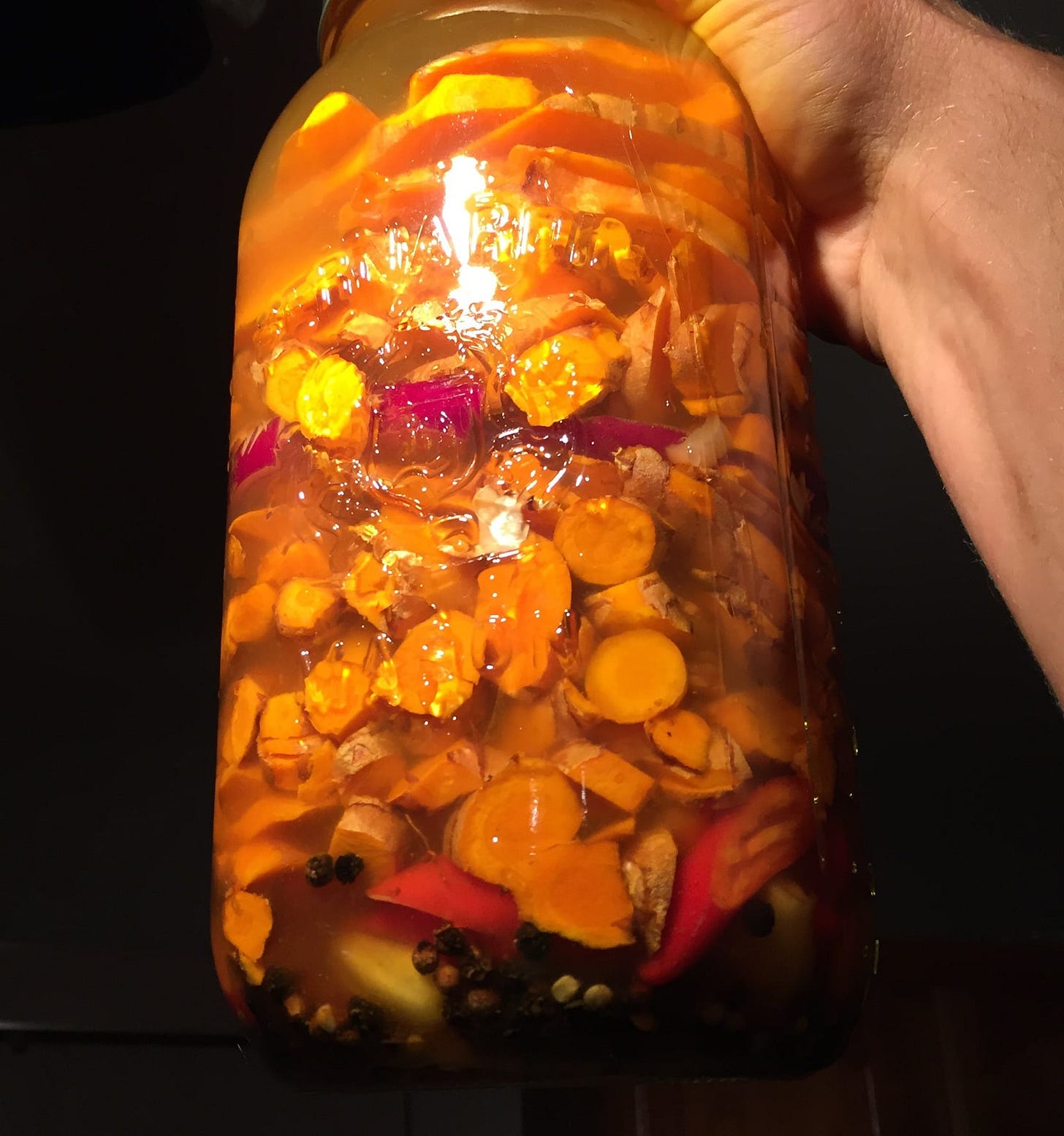
The key nutrients within turmeric (such as curcumin) are sometimes difficult to absorb and can have poor bioavailability without being paired with other foods (such as black pepper and a healthy fat) that allow our body to access these amazingly beneficial naturally occurring compounds.. But when turmeric is fermented, it becomes something very different and offers a complete solution to these limitations.
Superior bioavailability:
Fermentation increases bioavailability in two ways. First, the key nutrients within turmeric are much better absorbed into the body due to enhanced water solubility. Second, those nutrients are converted into an activated form that the body can readily utilize for full effect. Fermented turmeric is also less spicy and therefore more tolerable.
Increased active nutrients:
The amounts of key nutrients within turmeric are significantly increased through fermentation. Research shows that when curcumin, one of many curcuminoids within turmeric, is fermented, a substantial amount of it is transformed into a compound called tetrahydrocurcumin.
This activated, water-soluble curcuminoid has superior antioxidant activity and is better absorbed by the body than curcumin. Interestingly, curcuminoids also work better together rather than on their own, so fermenting whole turmeric provides the greatest synergy and benefit.
"Particularly interesting is the difference fermentation makes to the active compounds within whole turmeric. We have seen the increase in most of the curcuminoid levels including curcumin itself. But, more importantly we have seen the change in one specific curcuminoid called “tetrahydro-curcumin.” This curcuminoid has recently gained a lot of interest with researchers as it appears to complement curcumin by working on a more cellular level. It has been shown to be far more effective than curcumin in treating arthritic conditions, brain trauma, mitochondrial conditions, methylation conditions, for cardioprotective properties, neuroprotective properties, and on cancer cells (as an anti-tumour action). Tetrahydro-curcumin is about to become the new super compound in health research. Although only found in minute levels within whole turmeric, the fermentation process increases this compound by almost 1000%." (from: https://www.alive.com/ask-the-experts/ask-the-experts-fermented-turmeric/?fbclid=IwAR3Irilooi4aOB7Bq08VjrCw5cdDuRjPlUmZbYos-0ln-5JiQeTpr-iRTsU
The gift that keeps on giving:
There’s another great advantage of fermented turmeric. Because micro-organisms are required for fermentation, the turmeric is delivered as a living, whole food matrix rich in enzymes and beneficial microflora to support our own digestive systems.
Health Benefits of Fermented Turmeric:
Fermenting maintains the nutrients and active ingredients of a particular food. Thus, fermented turmeric provides all the benefits of un-fermented turmeric.
In addition to the usual turmeric benefits, the following properties of turmeric are scientifically proven to be enhanced by the process of fermentation:
1. Fermented turmeric offers stronger antioxidants:
The antioxidant activities of turmeric have been found to increase when it is fermented.
Studies show that post-fermentation, the levels of curcumin (by around 11%) and phenols are considerably elevated in turmeric.
Phenolic content of a food is directly proportional to its antioxidant capacity. Thus, increased total phenolic content suggests an improved antioxidant status of turmeric.
Moreover, the radical scavenging activity of fermented turmeric has been shown to raise three folds as compared to unfermented turmeric.
In animal models, significantly higher levels of antioxidant enzymes like catalase, glutathione, glutathione transferase, glutathione reductase and glutathione peroxidase in liver were reported after treatment with fermented turmeric.
This suggests that fermented turmeric can reduce or prevent oxidative stress caused by the development of toxins in the form of free radicals. This will then keep oxidative stress-related disorders at bay.
What does this mean?
Fermentation increases the phenolic content and consequently, the antioxidant potential of turmeric.
2. Fermented turmeric offers potent anti-inflammatory and anti-allergic properties:
Inflammation occurs as a result of the immune response to infection, injury or invasion by other pathogens.
However, excessive or prolonged inflammation is the cause of several disorders like arthritis, skin problems and inflammatory bowel diseases.
Turmeric itself is a strong anti-inflammatory agent, but fermented turmeric is way ahead.
A study published in the Korean Society for Applied Microbiology and Biotechnology described a study where fermented turmeric was found to inhibit pro-inflammatory cytokines and lower acute inflammation, more effectively than unfermented turmeric.
Moreover, it demonstrated increased prevention against an acute anaphylactic reaction. This shows that it can suppress an over-active immune response and also has anti-allergic activity.
Thus, the prevention and treatment of inflammatory disorders like dermatitis can be bettered by using fermented turmeric.
What does this mean?
Fermented turmeric has the ability to be utilized in treating inflammation-related conditions and allergies.
The active component of turmeric is curcumin, a polyphenolic phytochemical, with anti-inflammatory, antiamyloid, antiseptic, antitumor, and antioxidative properties. Curcumin was reported to have antiallergic properties with inhibitory effect on histamine release from mast cells. The effectiveness of curcumin in allergy and asthma has been further investigated using a murine model of allergy. The results indicate a marked inhibition of allergic response in animals treated with curcumin suggesting a major role for curcumin in reducing the allergic response.
3. Fermented turmeric prevents the growth of pathogenic microbes:
As per research, post-fermenting, the anti-microbial properties are magnified. Turmeric fermented with lactobacillus bacteria has demonstrated excellent microbicidal effects.
This is because the healthy microbes in fermented turmeric produce inhibitory substances for pathogens and also increase the immunity.
Species like Lactobacillus produce lactic acid which lowers the pH and the disease-causing bacteria are not able to survive in this acidic environment.
Some other probiotic strains are also capable of producing bioactive substances like ethanol, formic acid, fatty acids, hydrogen peroxide and bacteria-specific toxins, which have anti-microbial activity.
Furthermore, the pathogens are not able to successfully compete with these healthy microbes for nutrient availability and binding sites.
Fermented turmeric inhibits the growth of several disease-causing microbes like Escherichia coli, Bacillus cereus, Streptococcus agalactiae, Staphylococcus aureus, Methicillin-Resistant S. aureus (MRSA), Enterococcus faecalis, Pseudomonas aeruginosae and Klebsiella pneumonia.
These bacteria could otherwise lead to food poisoning and are also the cause of infections of the gastrointestinal tract, respiratory system, urinary tract, and skin. Also, it helps in the preservation of food for a longer time.
What does this mean?
Healthy microbes in fermented turmeric prevent the growth of disease-causing microbes and also aid in food preservation.
4. Fermented turmeric lowers lipid levels and prevents obesity:
Abnormally high levels of lipids (fats) in the blood can lead to weight gain, heart diseases, and stroke.
Fats from food or the extra calories we eat get converted to lipids and are stored in the body in fat cells called adipocytes.
Fermented turmeric can decrease fat levels in the body and prevent obesity in the following ways:
Fermented curcumin has been found to significantly reduce the levels of triglycerides and total cholesterol in hyperlipidemic subjects. It can regulate the levels of lipids in both blood and the liver.
It regulates the expression of genes involved in lipid accumulation and fatty tissue formation. This suppresses the process of adipogenesis (formation of fat cells).
In vitro studies show that fermented turmeric increases the levels of several enzymes like lipases which promote fat oxidation. This promotes lipolysis (breakdown of fats).
Extra calories as glucose get stored in the form of fats. Fermented turmeric reduces this glucose uptake by fat cells.
It further reduces body fat mass, adipose tissue weight and prevents body weight gain.
What does this mean?
Fermented turmeric can reduce body fats, body weight, fat deposition and glucose uptake. This can help in preventing obesity and associated disorders.
5. Fermented turmeric improves liver function:
The liver performs an essential function of detoxification by which it alleviates harmful substances from the body.
The normal functioning of the liver can be ascertained by the levels of certain enzymes in the blood, which are commonly called the liver function enzymes.
Alanine Transaminase (ALT) and Aspartate Aminotransferase (AST) are two enzymes whose elevated levels signify disruption of liver activity or liver damage.
A recently concluded clinical trial studied the effects of fermented turmeric on 60 individuals with elevated levels of ALT. They were given 3g fermented turmeric powder per day for 3 months.
The results showed that fermented turmeric was successful in lowering the levels of AST and ALT in the subjects.
The powder was also found to be safe, well-tolerated and without severe side effects.
In addition to improving liver function, fermented turmeric, due to its excellent antioxidant nature, can reduce oxidative stress in the liver caused by toxins like carbon tetrachloride (CCl4).
What does this mean?
Fermented turmeric improves the levels of liver function enzymes and reduces oxidative stress-induced liver damage.
6. Fermented turmeric helps in neurodegenerative diseases:
Memory loss and declining learning ability are commonly observed in age-related neurodegenerative disorders such as Parkinson’s disease, Alzheimer’s disease, and stroke.
The glial cells in the brain regulate the learning ability and memory. Toxins in the form of free radicals activate these cells and induce an inflammatory response.
This leads to the production of several inflammatory enzymes, factors and cytokines, which in turn, damage and kill nerve cells. Memory loss and cognitive impairment follow.
Turmeric has anti-inflammatory, anti-oxidant and neuroprotective effects, which are increased after fermentation.
A study of 2017 has found that even unfermented turmeric is able to inhibit production of prostaglandins and other inflammatory enzymes.
It also reduces oxidative stress induced by the drug scopolamine in the brain. This prevents the consequent nerve cell death and attenuates memory impairment.
What does this mean?
Fermented turmeric can protect from memory loss and decreased learning ability caused by inflammation and toxins in the brain.
7. Fermented turmeric may help prevent and treat cancer:
Turmeric can help in fighting cancer of several kinds.
A recent research published in 2015 reports that fermented turmeric can inhibit the growth of cancerous cells.
It interferes in the cell cycle and prevents their multiplication.
It can also identify and kill cancer cells. This effect was seen in human colorectal cancer cell lines.
8. Fermented Turmeric Offers Radioprotective Properties:
Artificial Electromagnetic radiation (such as the artificial EMFs that are produced by smart phones, internet routers, smart meters, cell towers and 5G emitters) can cuase cumulative damage to your cells.
The powerful antioxidants in turmeric rhizome serve to alleviate pathological disorders related to radiation exposure and prevent DNA damage via modulating antioxidant enzymes.
Additionally, Probiotic rich lacto-fermented foods in general offer their own set of radioprotective properties (via the action of the beneficial bacteria that protects intestinal epithelium from radiation injury and/or their secreted bacterial products which have unique radioprotective properties.)
We can do things to protect ourselves against the harmful effects of Ionizing Radiation and EMFs, including a healthy intake of antioxidant-rich foods, foods that contains other compounds that offer specific radioprotective properties and taking steps to protect against heavy metal toxicity.
For those interested in learning more, I wrote an entire article focusing on a dietary approach for creating a protective shield (as well as providing the molecular tools our cells need for detoxification and regeneration) on the cellular level via eating a diet rich in radioprotective foods (which you can read here.)
9. Fermented Turmeric offers Cardioprotective and Cardio Regenerative Benefits:
Curcumin, a major active component of turmeric, has been used for centuries in indigenous medicine. Curcumin has a protective role against myocardial necrosis. The antioxidant activity of curcumin could be attributed to the phenolic and methoxy groups in conjunction with the 1,3-diketone-conjugated diene system, for scavenging of the oxygen radicals. In addition, curcumin is shown to enhance the activities of detoxifying enzymes such as glutathione-S-transferase in vivo. Oxygen free radicals exacerbate cardiac damage and curcumin induces cardioprotective effect and it also inhibits free-radical generation in myocardial ischemia.
Growing turmeric at home:
It can be grown (for the purpose of harvesting rhizomes aka 'turmeric root') at home if you have a south facing window and at-least 4 months where the plants can be outside and regularly get 20 Celsius plus day time temps.
This plant also serves as a beautiful houseplant throughout the winter, cleaning the air and providing lush broad tropical looking leaves.
I found that our turmeric plants really thrived when given EM1 (as both a foliar spray and soil soak).
You can basically use the same technique I described in a previous post on Ginger for growing Turmeric. Here is a link to the post for reference:
The Generosity Of Ginger
Ginger is a medicinal powerhouse and culinary extraordinaire that is a must have in your natural first aid kit and kitchen pantry. In the article that follows I will provide practical info on how to grow your own ginger at home (regardless of your living situation), also providing a list of the myriad medicinal…
For more information on growing Turmeric at home in pots: https://practicalselfreliance.com/growing-turmeric/
Fermented Turmeric In The Kitchen:

The live synergistic superfood combo shown in the pic above packs a punch in both flavor and health benefits. Great for finely dicing (or crushing with side of knife) and adding life (literally;) to your favorite salads or salad dressings or for garnishing a wide range of other dishes. Probiotics, immune system boosting compounds, anti-oxidants galore and a potent spectrum of vitamins and minerals, what's not to love! I like to preserve a good amount of our home grown ginger and turmeric in this way so that we have access to raw, flavorful and healing whole superfoods year round.
If you have to work a rigorous and physical exerting job and your muscles, tendons and joints get sore, this is a great recipe that can help ease what ails you. Turmeric is a potent, natural anti-inflammatory that can increase one's endurance due to its positive effects on the circulatory system.
Ingredients:
- 5 to 7 finger sized pieces of fresh turmeric 'root'
- 10 or 11 sections of fresh ginger 'root' (approx size of man's thumb)
- 7 to 9 slices of organic lemon
- 1 to 2 tablespoons of tri-colored peppercorns (just black peppercorns would work fine too)
- 3/4 to 1 full tablespoon of sea salt (depending on temperature of fermenting environment) - filtered water to make brine for submerging ingredients
- fermentation weight(s)
- glass jar (I used a 750ml cylindrical wide mouth mason jar but anything from that to 1L would work fine as long as you have fermentation weights for it)
(Fun optional additions):
- whole cumin seeds
- hot pepper flakes or whole chilis
- coriander seed - garlic - sesame seeds (or other small seeds)
Directions:
First of all, as mentioned above, be aware that the beneficial compound in Turmeric called Curcumin will stain your hands, cutting board and possible knife with its vibrant golden/yellow pigment (use gloves if this bothers you). Rinse off ginger and turmeric (reserving your largest sections of ginger for making thick slices to cap other small ingredients at top of jar). I mostly leave the skin on my turmeric and ginger unless I come across a discolored area but you can peel them if you like (though having some healthy skin in there does help promote the fermentation process starting faster (lactobaccili proliferation).
Slice the larger ginger sections into thick slices and set aside. Slice remaining ginger and turmeric thinly, set aside. Slice lemon and set aside. Get your pepper corns (and any other optional ingredients) in separate bowls for easy assess while stuffing jar. Begin adding ingredients to the jar with the smallest pieces of turmeric and ginger on the bottom, once you get up an inch or so, sprinkle in some pepper corns (and any other optional ingredients) then lay down a slice of lemon. Repeat this process until you jar is about half full and then use either your hand or some flat ended tool to press ingredients down firmly so compact them and maximize how much you can fit in your jar for fermenting.
Continue this packing pattern until you are about 1/2 - 2 inches from top of jar. Add thicker slices of ginger you reserved on top and then add fermentation weight. Add your sea salt into another container (mixing bowl, jar etc) and add about a cup of filtered water. Stir or shake vigorously until salt is completely dissolved. Add salt brine to jar. Continue adding filtered water until your fermentation weight is completely submerged in the brine (leaving a bit of space at top of jar for expansion).
If using airlock, seal up the jar with that now. If not using airlock you can just use a normal screw top mason lid (making sure to "burp" (loosen lid briefly until you hear pressure release from CO-2 build up) your jar at-least once a day. Place jar out of direct sunlight in a place that is from 65F - 85F to initiate fermentation. Fermentation could take anywhere from a week to 2 weeks depending on several variables. Once active CO-2 release (bubbling) subsides your jar is fermented enough to put in the fridge for long term storage.
I fermented the jar in the pic above for 11 days (and my ambient temp was about 70F). Each time you take our some delicious fermented ingredients to enjoy, be sure you press down on your fermentation weight op top after to keep ingredients submerged in the brine. If you get low on brine just add a bit more at a ratio of 1 and 1/2 teaspoons sea salt per cup of water.
You can also skip the lemon and ginger and just do fermented turmeric rhizome and black peppercorns for an equally potent medicinal preserve.
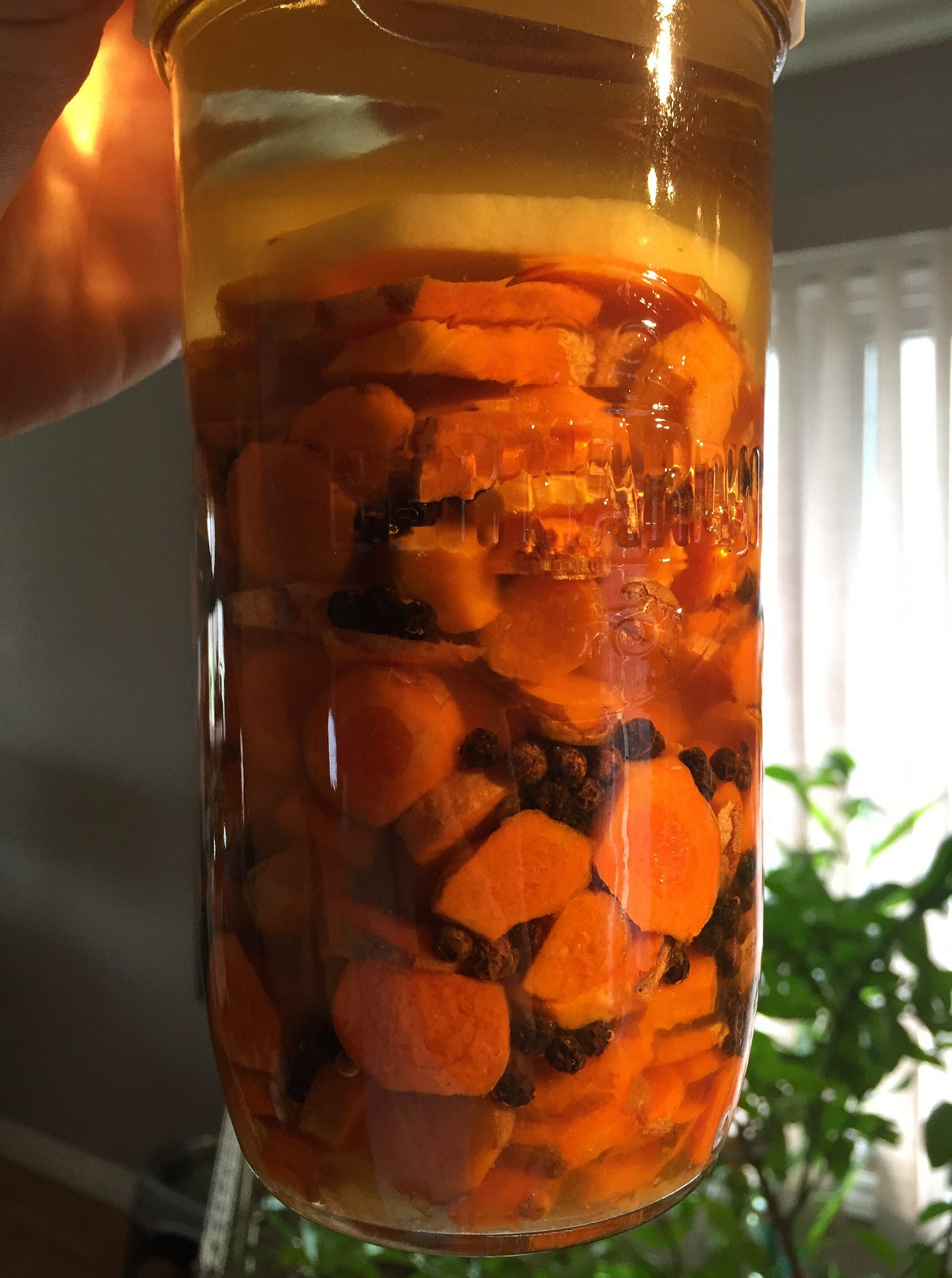
I used some of this fermented turmeric in the final recipe that was added to my book (which I hope to soon have available in hard copies).
The turmeric rhizome was added to the fermented roasted red pepper sauce and also diced and sprinkled on the dish as is. It was a really nice addition to the symphony of flavors and medicinal super foods in our "bibim-buddha bowls" (i`ll share the full recipe in a future post).
This "Buddha Bowl" type dish shown above includes 5 different ancient 'grains' from three continents and 4 different wild fermented probiotic ingredients with roots in 3 different cultures (including wild fermented turmeric, ginger, kimchi and adzuki bean miso paste).
Containing a diverse range of anti-oxidants, vitamins, minerals, enzymes, omega fatty acids, beneficial bacteria and polyphenols this meal not only covers all the nutritional bases.. it hits a home run and sends the ball outa the park into the realm of medicinal superfoods.
Turmeric has a long history of being used to dye the robes of Buddhist monks a bright yellow/orange and so it felt it only suiting that I give a nod to their candescent curcumin cloths by including some in the recipe. Brightly colored raw fermented turmeric rhizome is included in both the probiotic roasted red pepper dressing and finely diced and sprinkled in the bowl as is.
Another fun way to use fermented turmeric rhizome is as a garnish for salads such as the “Jeweled Tabbouleh with Ancient Grains and North African Spices” (another recipe from my book)


Other ideas for enjoying / fermenting turmeric:
Turmeric infused fermented horseradish!

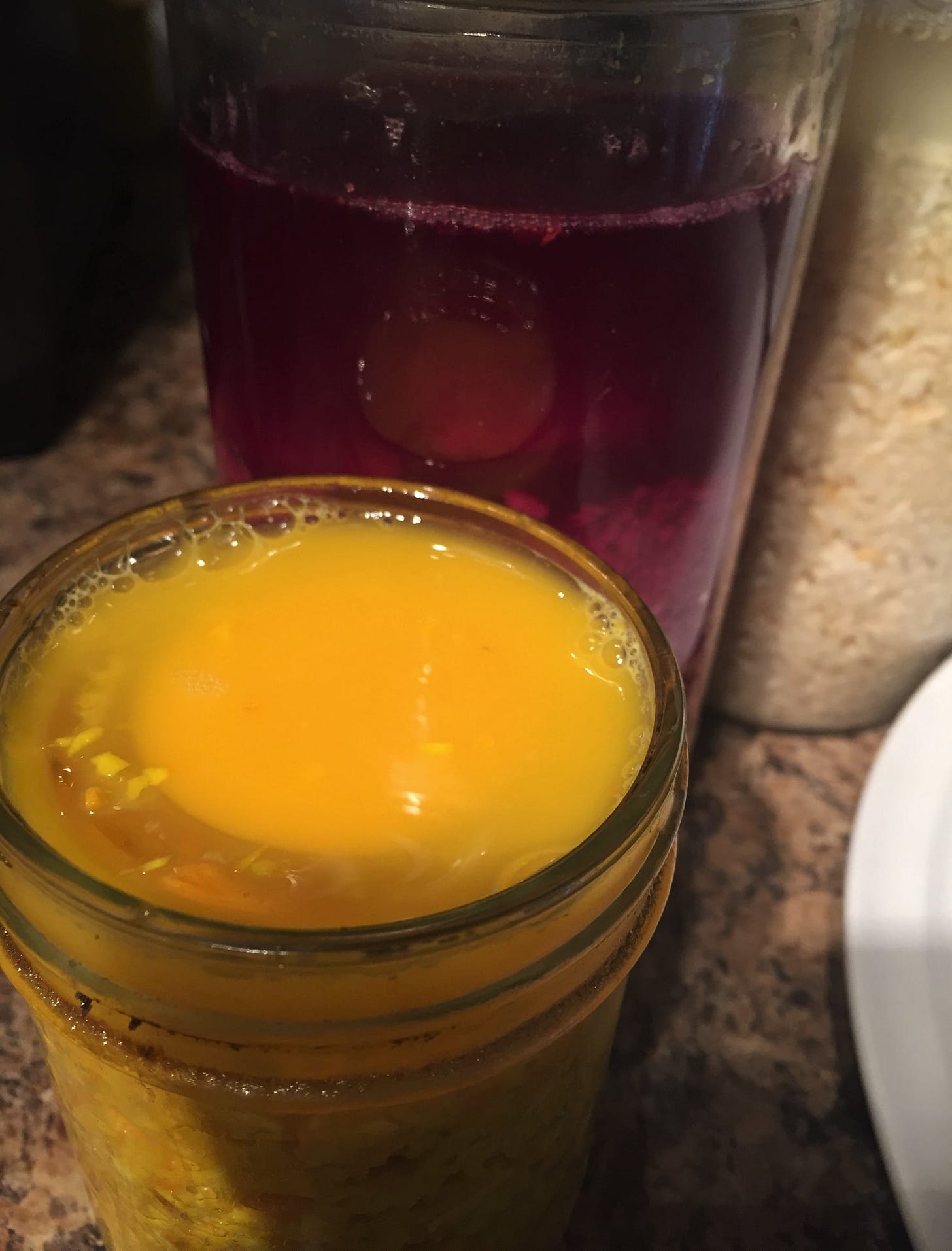
Turmeric infused sauerkrauts

a jar of experimental turmeric infused kraut (containing Eastern White Pine needles (Pinus strobus), Star Anise, several types of Tulsi aka "Holy Basil" (including Ocimum tenuiflorum, Ocimum gratissimum and Ocimum africanum), Turmeric and Ginger rhizome, Lemon Balm, black pepper corns and a Japanese 7 spice blend called "Shichimi Togarashi" (which contains hot red chili flakes, black and white sesame seeds, poppy seeds, orange zest, wasabi and nori seaweed).
In addition of tasting amazing, raw probiotic rich fermented preserves (such as the one shown above) are brimming with medicinal benefits for healing the body, tonifying, optimizing and strengthening the immune system, improving cognitive function and providing powerful fuel for a hard days work.
After eating a small bowl of this I felt invigorated physically, had a vivid clarity of mind and an improved mood (even more so than when I eat pure raw fermented turmeric alone which is great for those things).3. Turmeric infused fermented hot sauces
(such as my 𝟳 𝗙𝗼𝗹𝗱 𝗙𝗹𝗮𝗺𝗲 𝗛𝗼𝘁 𝗦𝗮𝘂𝗰𝗲)
Creating this sauce involved fermenting 7 immune system boosting herbs, spices and berries with 7 of my favorite heirloom pepper varieties.
The non pepper ingredients included (but were not limited to): Echinacea, Elderberry, Goji Berry, Ginger, Turmeric, Tulsi and Lemon Balm.
Pepper Varieties included (but were not limited to): Biquinho, Chiltepin, Jalapeno, Sugar Rush Peach, Peruvian White Habanero, Buena Mulata, Aji Charapita Peppers.
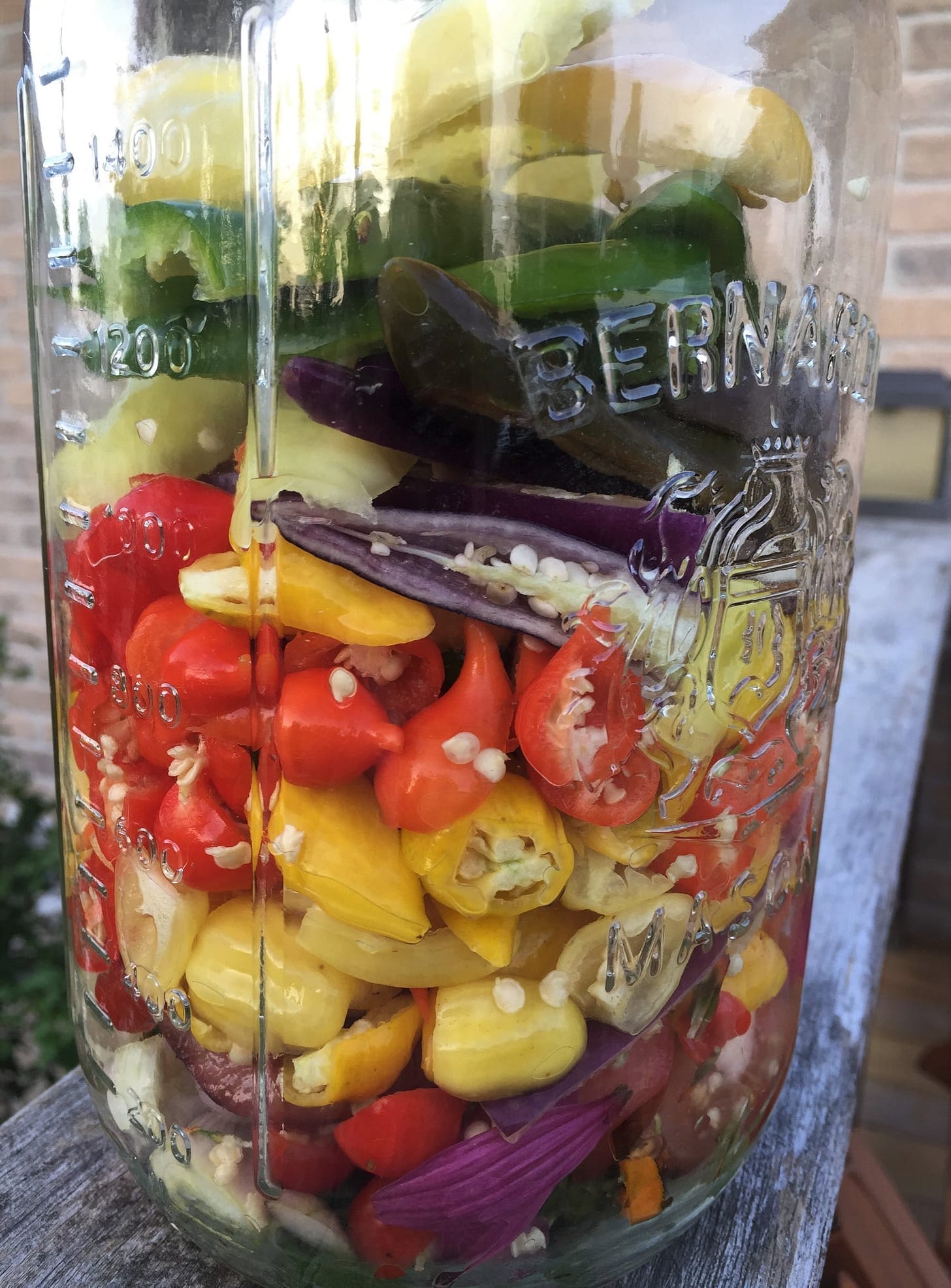
I fermented this mixture for a couple weeks then strained out the brine (for keeping separate in the fridge to be enjoyed as a potent apoptogenic, anti-viral and probiotic rich medicine). I love taking shot glasses full of the brine (which offers an explosion of floral and fruity flavors that yield to a deep glowing heat that lingers for 20 min or so). After separating the delicious 7 flame brine I blended the solid fermented ingredients (with about one cup of brine and one cup of raw apple cider vinegar) to make a potent thick raw probiotic medicinal hot sauce. The result was a very unique hot sauce with a color that reflects the high levels of curcuminoids, lutein and beta-carotene present in the sauce. When you eat a spoonful it starts with a bright, complex and deeply satisfying flavor. The first thing you taste is the fruity and smokey notes from the Biquinho, Aji Charapita and Chiltepin, then notes of cloves come along (from the Holy basil) and last but not least there are floral notes with a hint of vanilla (from the echinacea flowers and Peruvian white habeneros). The heat is present but not overwhelming, it lingers like the soft glow of the embers in a late night camp fire that fades gradually.
As this sauce contains a good amount of Tulsi aka "Holy Basil" (three different varieties in fact), Ginger and Turmeric it is a sauce rich Phenolic compounds such as (Rosmarinic, Gallic and Chlorogenic Acids), Triterpenoids (Ursolic Acid), Tetrahydrocurcumin, Gingerols, zingiberene, and zingerone, Volatile Oils (ß-Caryophyllene, Linalool, Ocimol, Eugenol) as well as Organic Acids (including Acetic, Gluconic and Succinic acids), Vitamins: A, B1, B2, B6, B12 and C... Minerals: (including but not limited to Potassium, Zinc, Calcium, Magnesium, Gluconate and acetate forms (Mn, Fe)) Amino acids such as Tryptophan and Enzymes such as Hydrolase, Lipase, Amylase And Much More!
These compounds (and many others) that are contained in this raw fermented hot sauce give it antimicrobial (including antibacterial, antiviral, antifungal, antiprotozoal, antimalarial, anthelmintic), anti-oxidant, anti-cataract, anti-inflammatory, radioprotective, hepato-protective, neuro-protective, cardio-protective, anti-carcinogenic, analgesic, immunomodulatory, memory enhancing, anti-ulcer, anti-arthritic, adaptogenic and anti-stress properties.
For more information on the many health benefits of hot peppers:
Hot Peppers For Health
·Of the genus Capsicum (hot peppers) offer a long list of benefits to human health and have a rich cultural history. Long before they were known to Europeans (and by extension modern Canadians and Americans) they were known as "chīlli" (also spelled as "xilli" in some regions) to the…
Hope you find this info helpful and it inspires you to try making your own medicinal fermented foods (hopefully using some ingredients that are growing in abundance in your garden and/or that you can ethically forage for in your local bioregion so you know you will always be able to access them regardless of possible disruptions in centralized supply lines).
In doing so we can dissolve the illusion of a barrier between our food stores and our 'medicine cabinet' and come to see that when we allow these to become one in the same not only is our quality of life improved but also our longevity, resilience, ability to contribute and enrich our local communities and our ability to be able to empower others to reclaim their health sovereignty from big pharma. Each of us can engage in this sacred act of re-localizing our food and/or medicine production one delicious jar of fermented preserves at a time!
ps - I will correct typos and add pertinent material/links to this article as time allows, but for now I just wanted to share this info with all of you in an expedited fashion so you can benefit from the same long list of blessings that fermented turmeric has brought into my life.
Also, given turmeric offers anticoagulant properties, I do not suggest eating a bunch if you are taking blood thinning drugs and/or are prone to issues with bleeding.


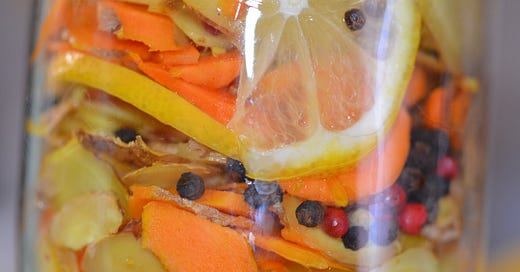



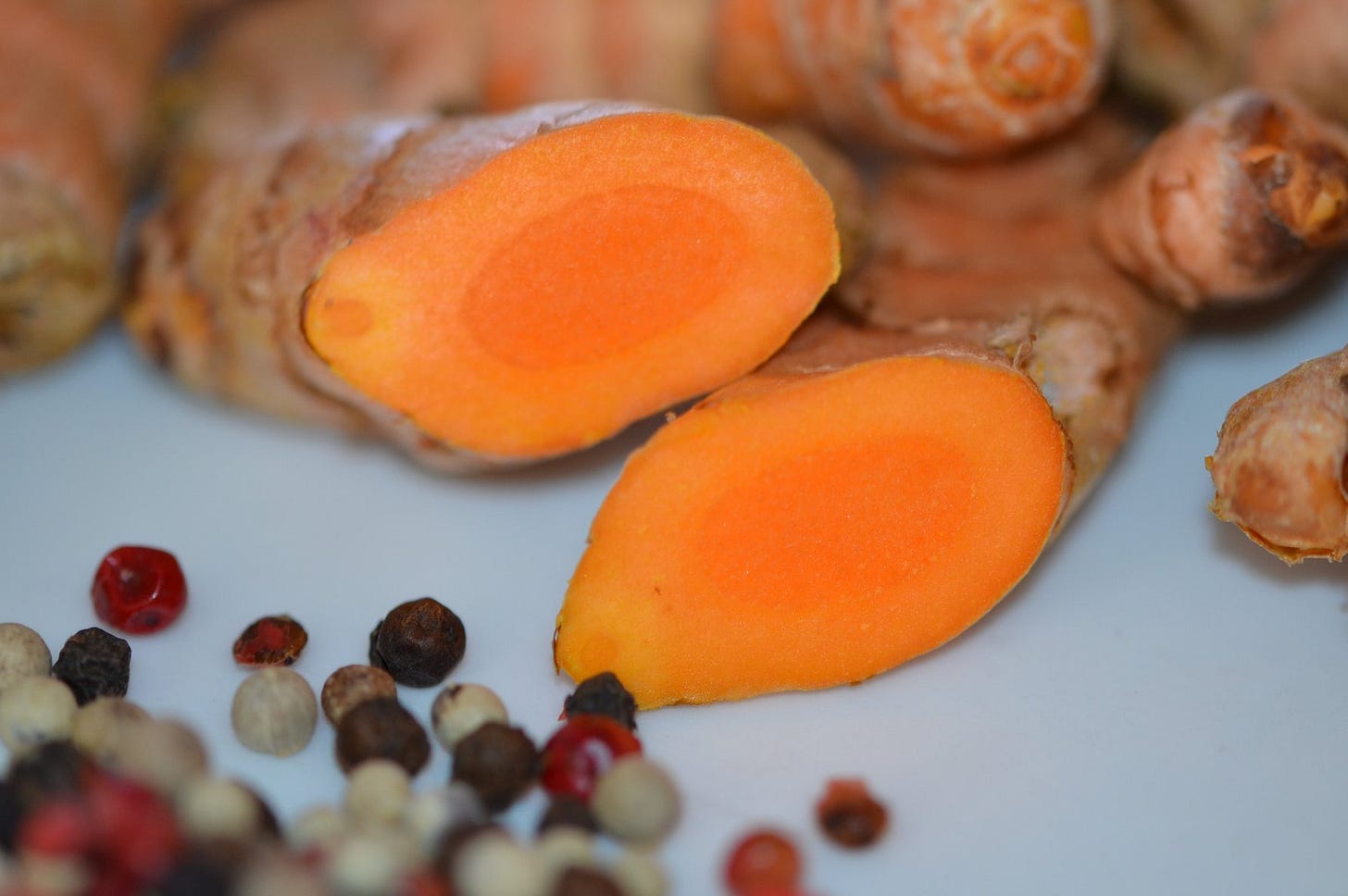

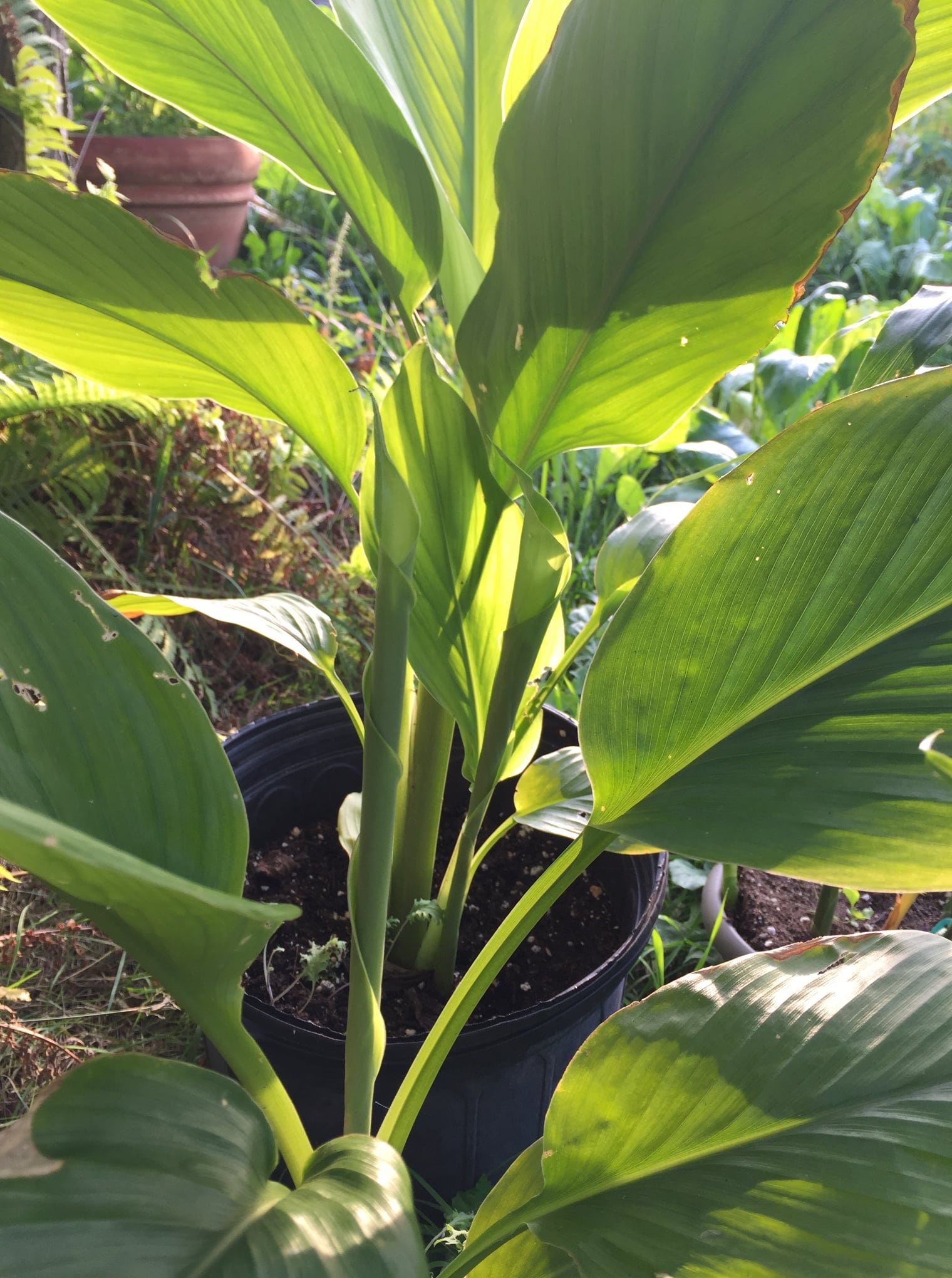
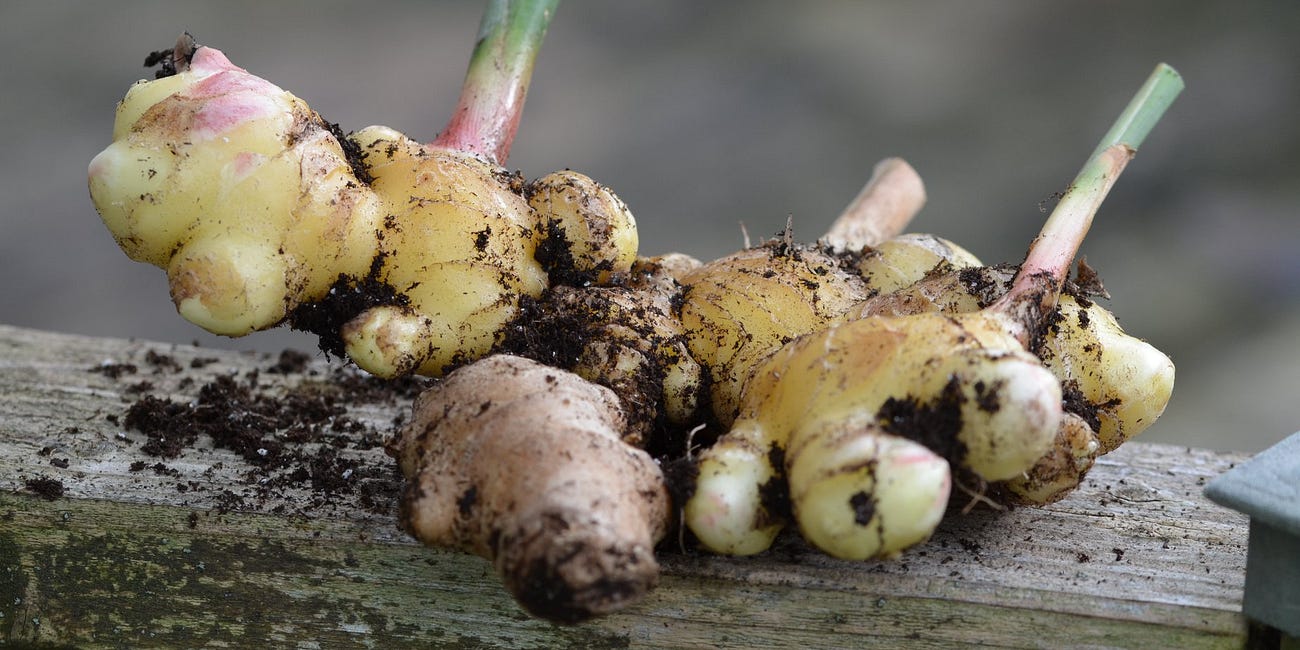

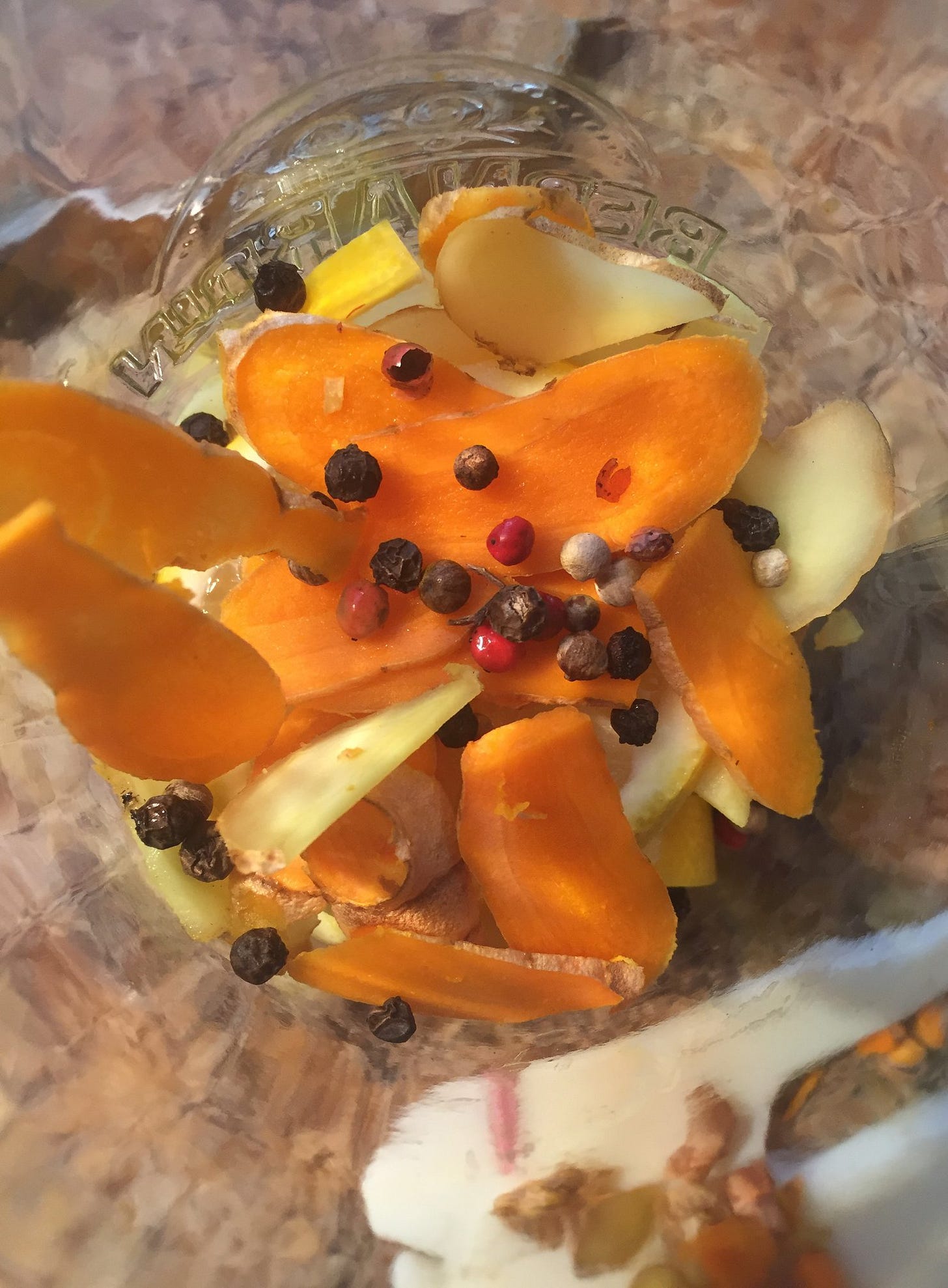
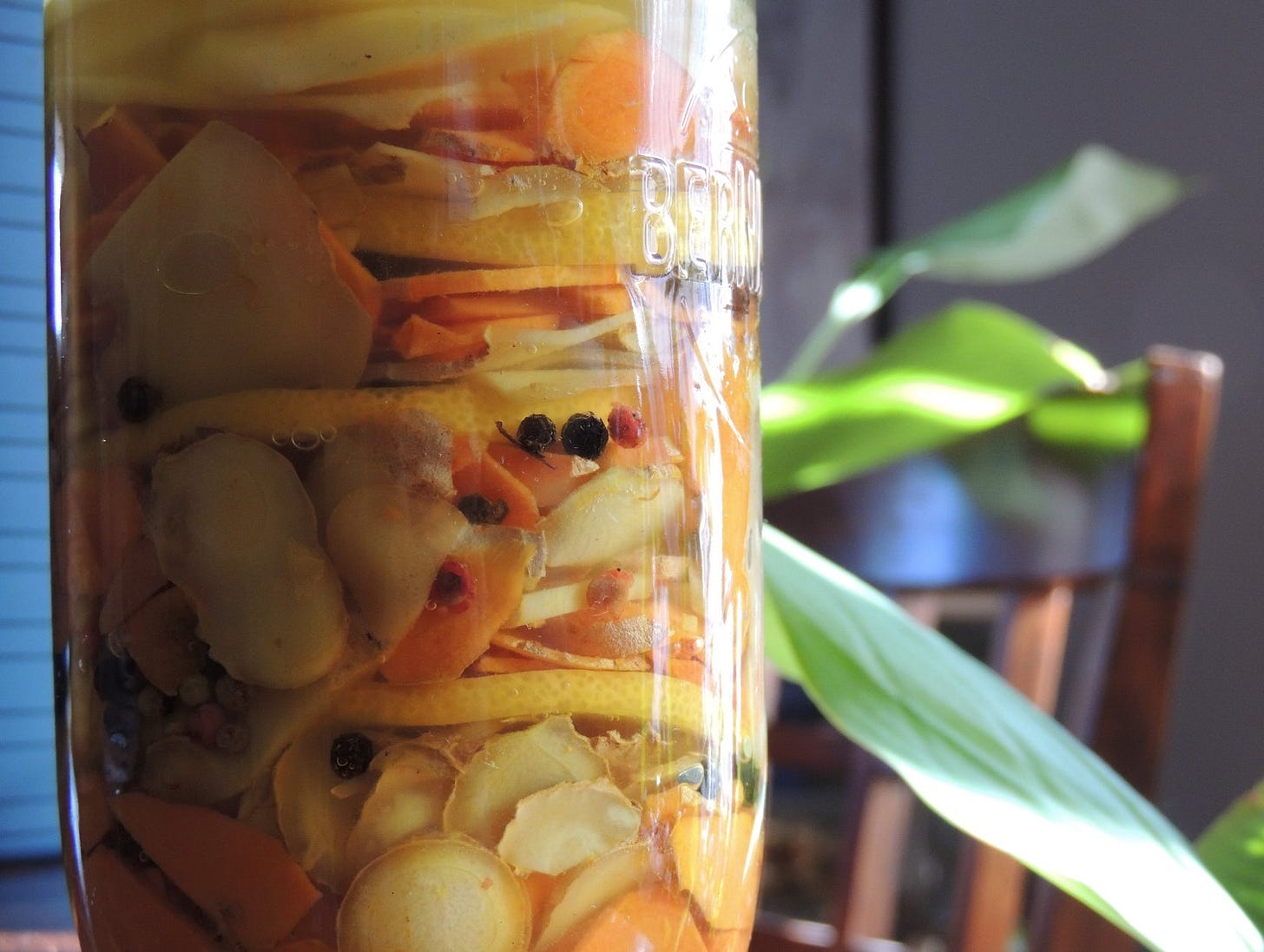

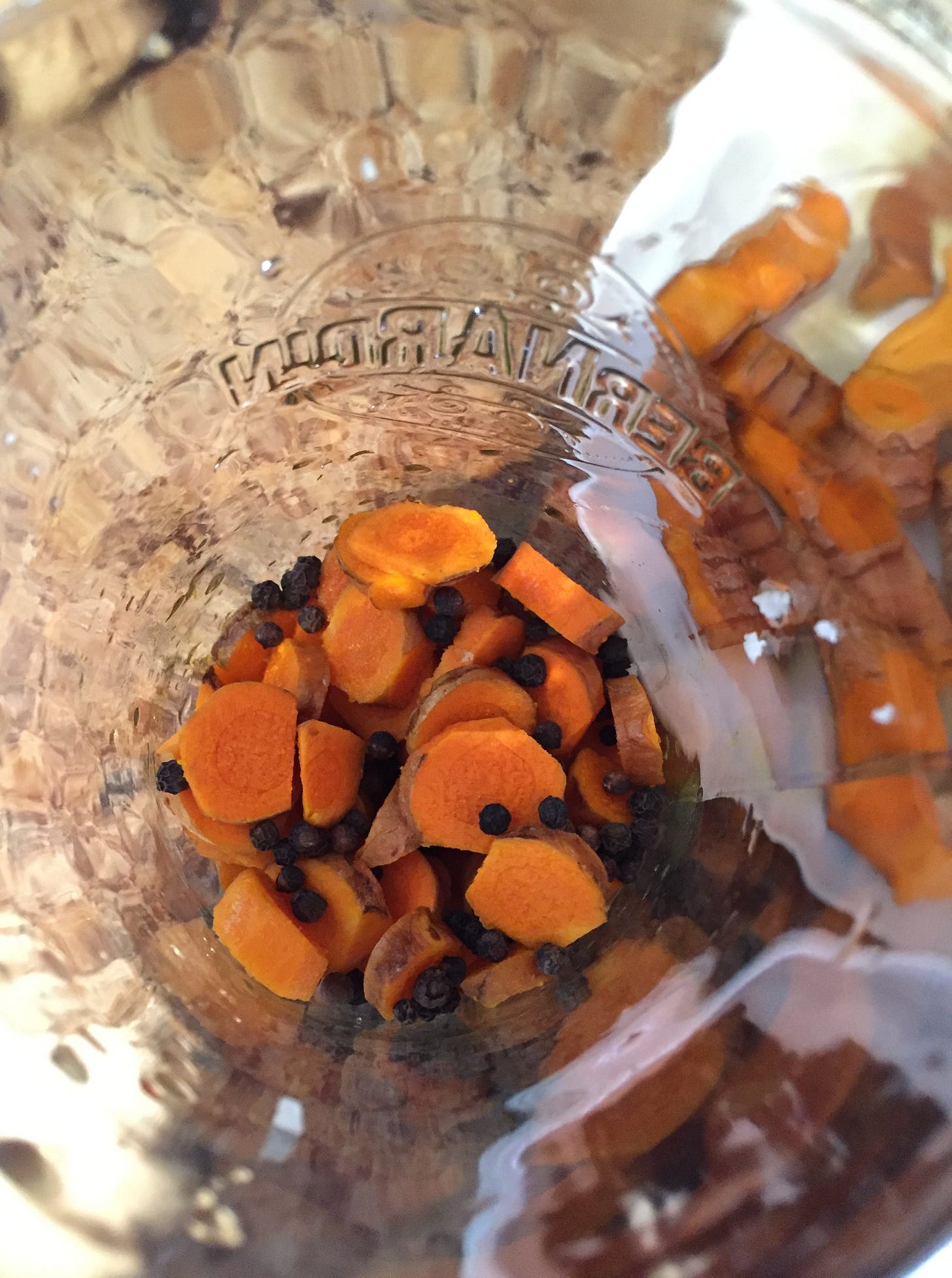

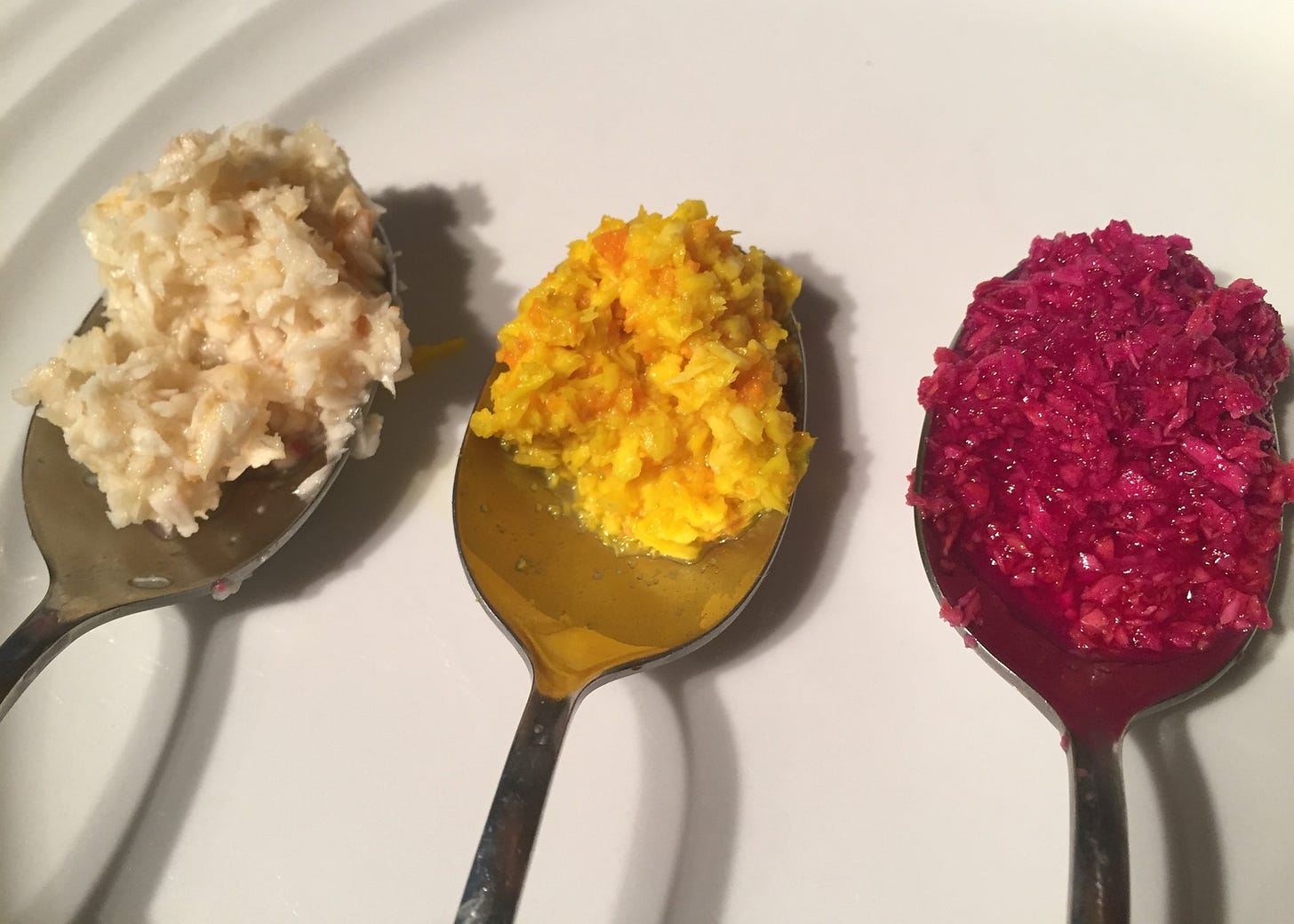



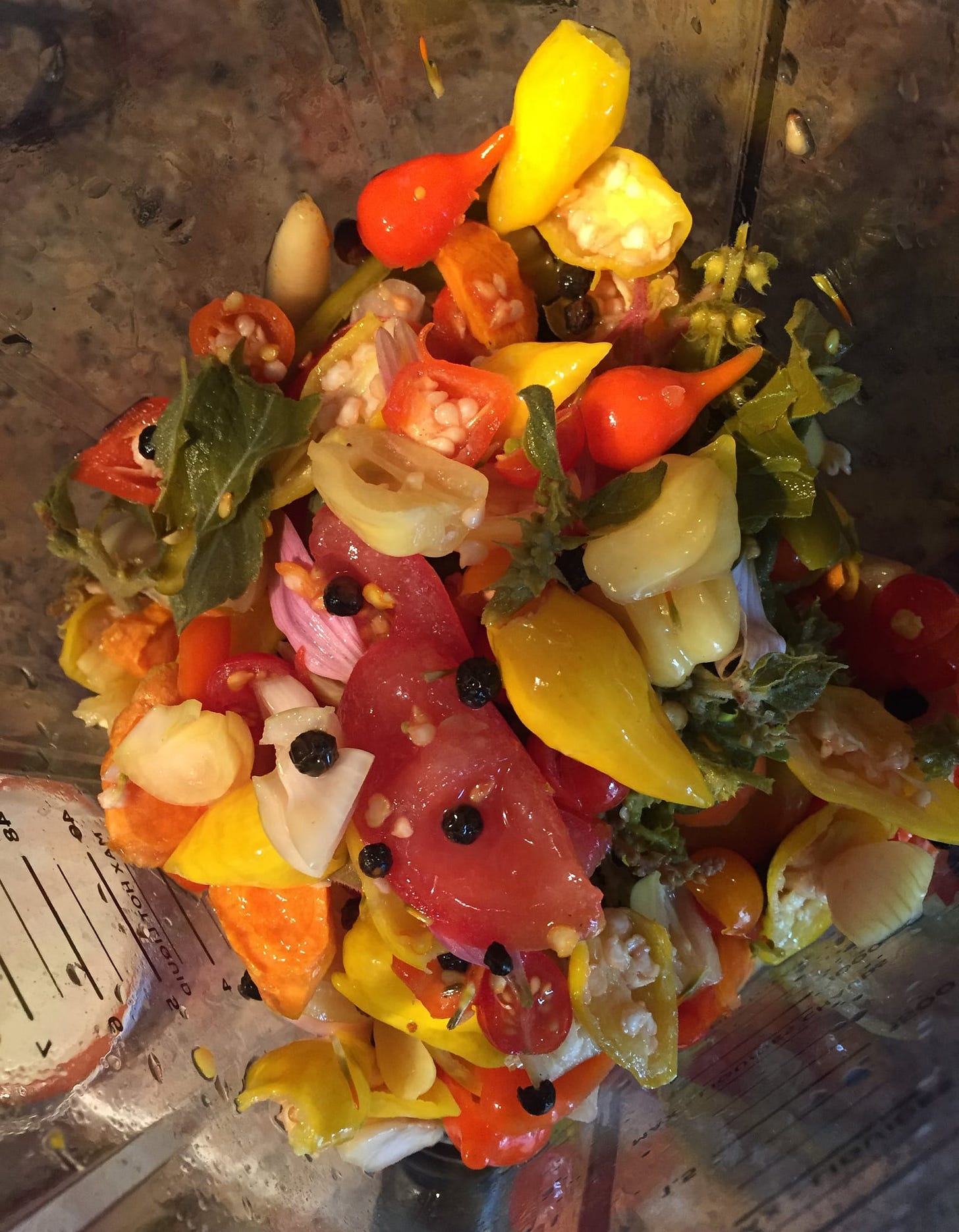
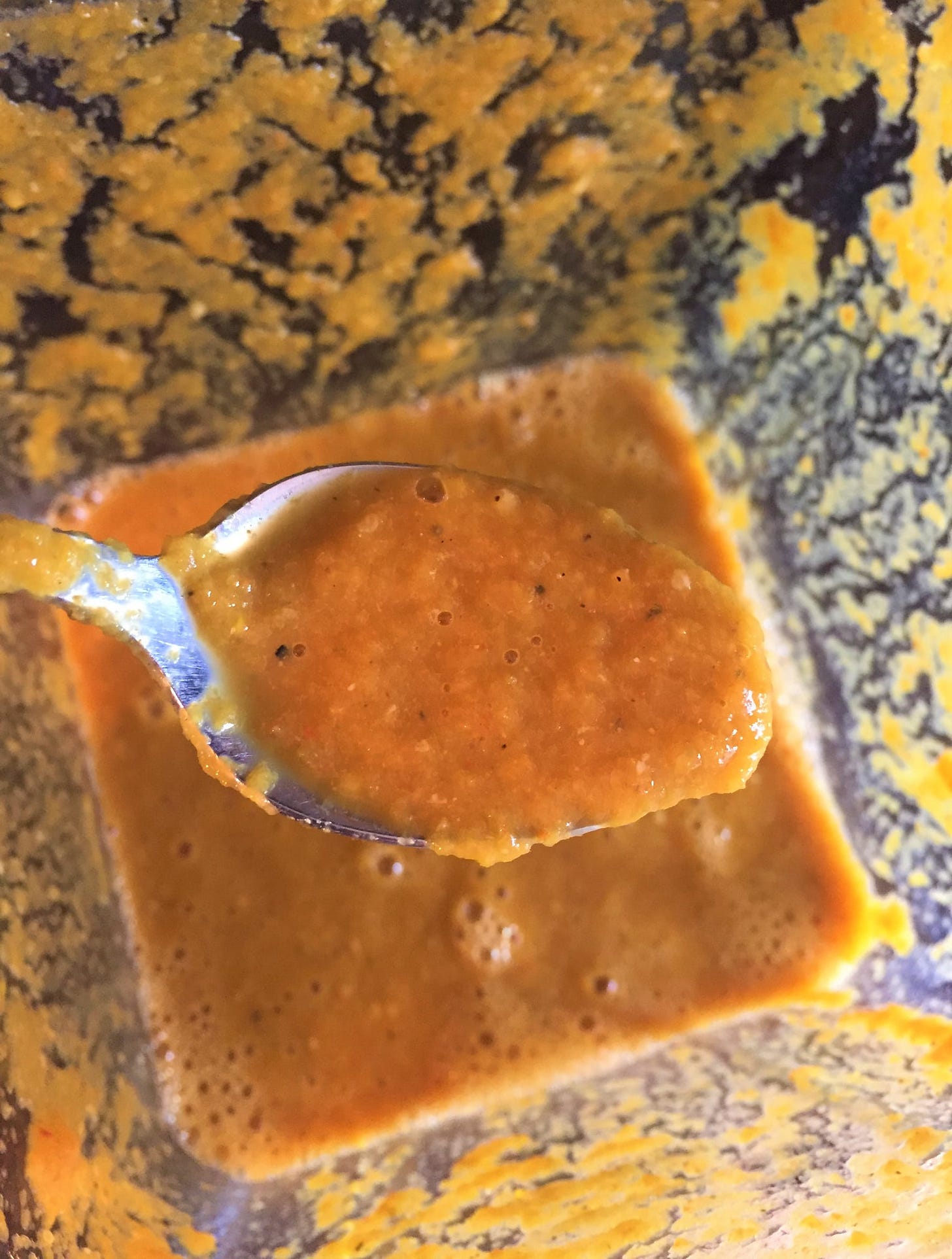
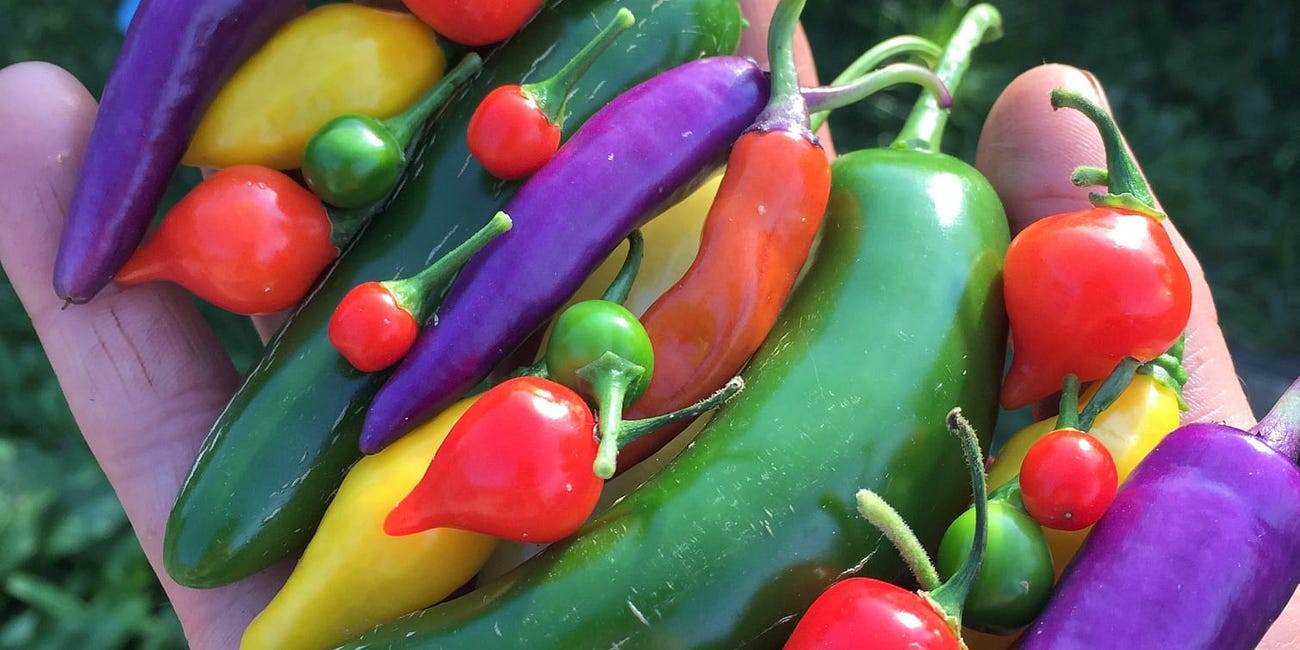
That's awesome.
I got to grow me some ginger and turmeric.
Loved this, Gavin, thank you! And I am inspired to give fermented turmeric and other ferments a try. I'm living in a part of Mexico on the side of a mountain that gets hot 30ºC plus during the day, and 15ºC or so in the evening. Is that temperature range too big for good fermenting?
Mucho gusto!